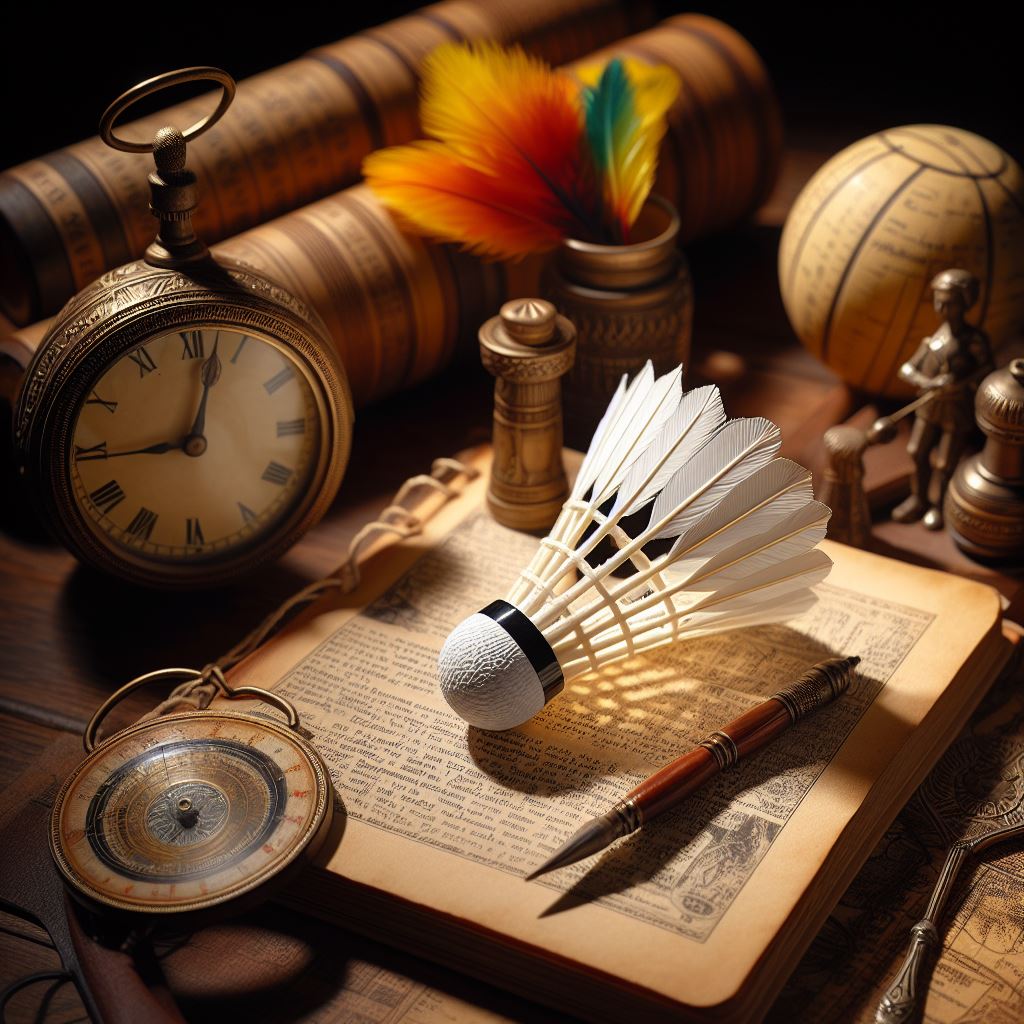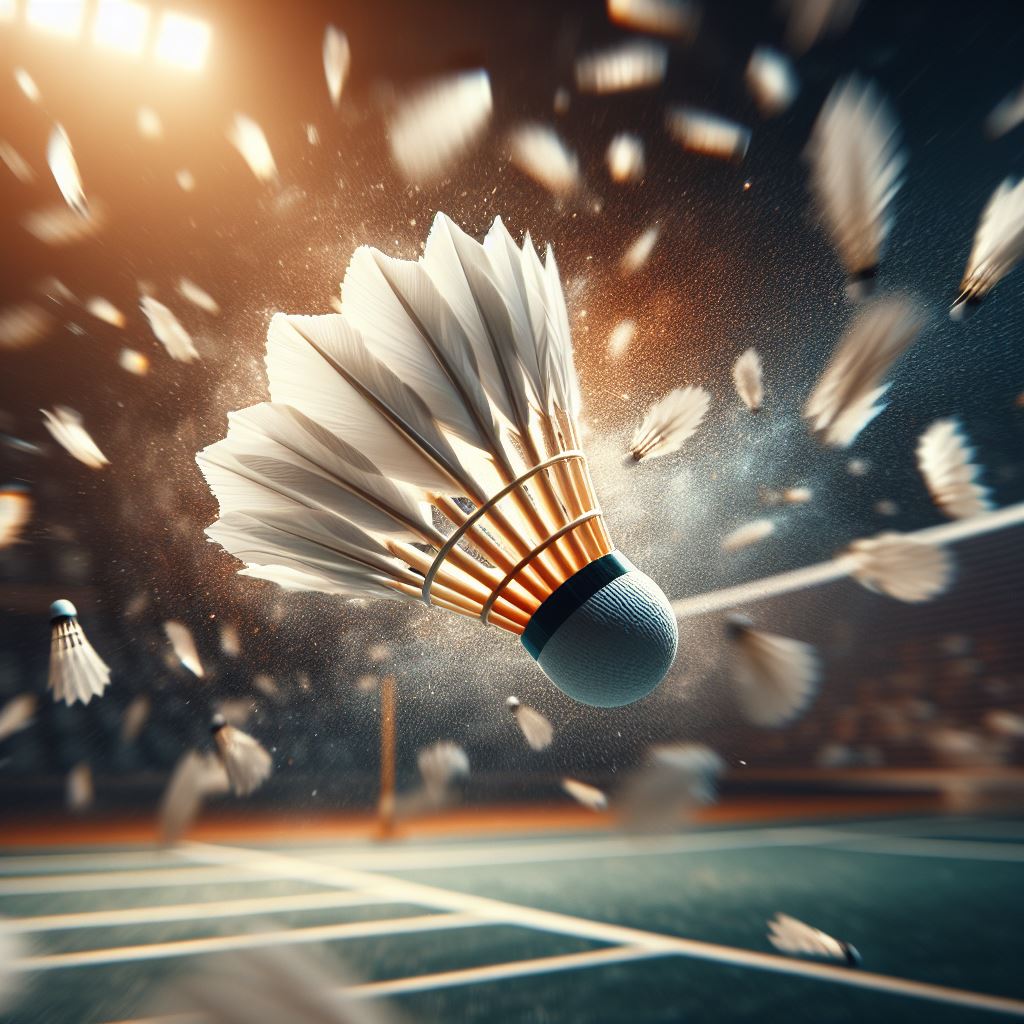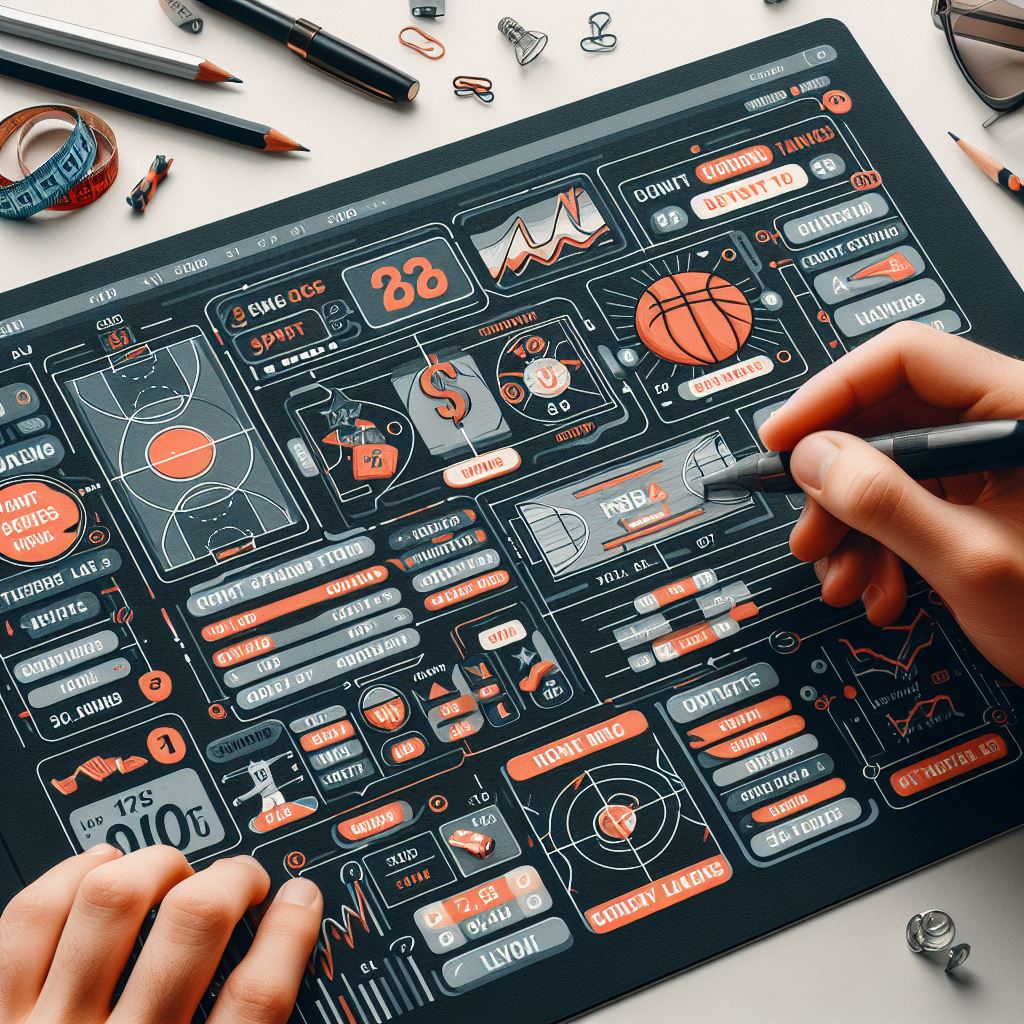Badminton, often dubbed the fastest racket sport in the world, combines lightning-quick reflexes, precise technique, and explosive power. Whether played casually in the backyard or competitively on the international stage, badminton offers a thrilling and challenging experience for players of all ages and skill levels. In this comprehensive guide, we’ll dive into the world of badminton, exploring its history, rules, techniques, and strategies. Whether you’re a beginner looking to learn the basics or a seasoned player seeking to refine your game, this article has everything you need to elevate your badminton prowess.
Badminton is a fast-paced racket sport played either in singles or doubles. The objective is to hit the shuttlecock, a feathered projectile, over the net and into the opponent’s court in a way that makes it difficult or impossible for them to return it. Points are scored when the shuttlecock lands on the opponent’s side or when they commit a fault.
To master the game, it’s essential to understand the key techniques and strategies. Let’s explore some of the fundamental aspects of badminton:
- Grip: The grip is the foundation of your shots. The most common grip is the “shake hands” grip, where the racket handle is held like shaking hands with someone. This grip allows for versatility and control in executing various shots.
- Serve: The serve starts the rally and is crucial for gaining an advantage. There are different types of serves, such as the short serve, long serve, and flick serve. Each serve has its own purpose, whether it’s to force the opponent into a weak return or to create an opportunity for an attacking shot.
- Clear: The clear is a defensive shot that sends the shuttlecock high and deep into the opponent’s backcourt. It’s used to create space between you and your opponent, providing time to recover or set up for an offensive shot.
- Drop Shot: The drop shot is a delicate shot played close to the net. It requires precise control and touch to make the shuttlecock fall just over the net and land close to it, forcing the opponent to move quickly and covering less distance.
- Smash: The smash is one of the most powerful and aggressive shots in badminton. It involves hitting the shuttlecock forcefully downward into the opponent’s court, aiming to end the rally with an unreturnable shot. The smash requires proper technique, timing, and power to execute effectively.
- Footwork: Good footwork is essential for quick movement and court coverage. Mastering footwork techniques, such as the split step, lunging, and side-stepping, enables you to reach shots efficiently and maintain balance during rallies.
- Strategy: Badminton involves strategic thinking and adaptability. Understanding your opponent’s weaknesses, exploiting their positioning, and varying your shots and pace are key elements of strategic play. Anticipating your opponent’s shots and making effective shot selections based on the situation are crucial for success.
Table of Contents
- A Shuttlecock’s Journey: Tracing the History of Badminton
- Gearing Up: Essential Equipment for Badminton
- Mastering the Court: Understanding the Rules and Layout
- Techniques and Tactics: From Clears to Smashes
- Footwork Fundamentals: Moving with Agility and Precision
- Strategies for Success: Tips for Dominating the Game
- FAQs: Answering Your Most Pressing Questions
In addition to technique and strategy, badminton requires the right equipment. Here are the essential items:
- Racket: Choose a racket that suits your playing style and level. Rackets vary in weight, balance, and flexibility. Lightweight rackets offer maneuverability, while heavier rackets provide more power.
- Shuttlecocks: There are two types of shuttlecocks: feather and synthetic. Feather shuttlecocks are used in professional play for their superior flight characteristics, while synthetic shuttlecocks are more durable and suitable for recreational play.
- Court and Net: A badminton court measures 44 feet in length and 20 feet in width for doubles play. The net is positioned at the center, dividing the court into two equal halves.
- Attire and Footwear: Wear comfortable athletic clothing and non-marking shoes designed specifically for badminton. Proper footwear provides traction, support, and stability during quick movements.
Badminton is a sport that offers an exhilarating blend of speed, agility, and strategy. Whether you’re playing for fun, fitness, or competition, understanding the techniques, strategies, and equipment is key to enjoying the game to its fullest.
So, grab your racket, lace up your shoes, and embark on a journey into the world of badminton. Develop your skills, engage in friendly matches, or join a local club to experience the thrill of rallying, smashing, and serving your way to victory.
A Shuttlecock’s Journey: Tracing the History of Badminton
Badminton’s origins can be traced back centuries to ancient civilizations like China and Greece, where games involving shuttlecock-like objects were played. However, modern badminton as we know it today originated in mid-19th century British India, eventually spreading across the globe and evolving into the beloved sport it is today.

Gearing Up: Essential Equipment for Badminton
To play badminton, you’ll need a few key pieces of equipment, including a racket, shuttlecocks, and appropriate footwear. Choosing the right racket with the correct grip size and string tension is essential for maximizing your performance on the court, while high-quality shuttlecocks ensure smooth and consistent play.
Mastering the Court: Understanding the Rules and Layout
Badminton is played on a rectangular court divided by a net, with players or teams positioned on opposite sides. Familiarizing yourself with the rules, from scoring to serving to court dimensions, is crucial for fair and enjoyable gameplay. Additionally, understanding the nuances of singles and doubles play adds depth to your badminton knowledge.
Techniques and Tactics: From Clears to Smashes
Badminton encompasses a wide range of shots, each serving a specific purpose in gameplay. From clears to drops to smashes, mastering these techniques requires precision, timing, and practice. Learning when and how to execute each shot effectively can give you a significant advantage over your opponents.
Footwork Fundamentals: Moving with Agility and Precision
Footwork is the foundation of good badminton technique, enabling players to move quickly and efficiently around the court. Developing strong footwork skills, including proper positioning, balance, and agility, is essential for maintaining control and executing shots with accuracy and power.
Strategies for Success: Tips for Dominating the Game
Success in badminton often hinges on strategic thinking and adaptability on the court. Whether playing aggressively with powerful smashes or defensively with well-placed clears, having a game plan and being able to adjust your strategy based on your opponent’s strengths and weaknesses is key to coming out on top.
FAQs: Answering Your Most Pressing Questions
Q: What is the difference between nylon and feather shuttlecocks? A: Nylon shuttlecocks are typically more durable and suitable for casual play, while feather shuttlecocks offer greater speed and control, making them the preferred choice for competitive and professional matches.
Q: How do I improve my serve in badminton? A: Focus on proper grip, stance, and racket positioning when serving, and practice various serving techniques, such as high serves, low serves, and flick serves, to keep your opponents guessing and maintain control of the rally.
Q: What are some common tactics for playing doubles in badminton? A: Communication and teamwork are essential in doubles play, with players often utilizing strategies such as front-back positioning, rotating positions, and setting up each other for smashes and interceptions at the net.
Q: How can I improve my reaction time and reflexes in badminton? A: Incorporate drills and exercises that focus on improving reaction time, such as shadow badminton, footwork drills, and reaction training using agility ladders or reaction balls.
Conclusion
Badminton is a sport that offers excitement, challenge, and endless opportunities for improvement. Whether you’re drawn to the lightning-fast rallies, the strategic depth of gameplay, or the camaraderie of playing with friends, there’s something uniquely captivating about this dynamic racket sport. By delving into its history, rules, techniques, and strategies, players can deepen their understanding and appreciation for the game while honing their skills to become true masters of the court. So grab your racket, step onto the court, and get ready to experience the thrill of smash and serve like never before.



